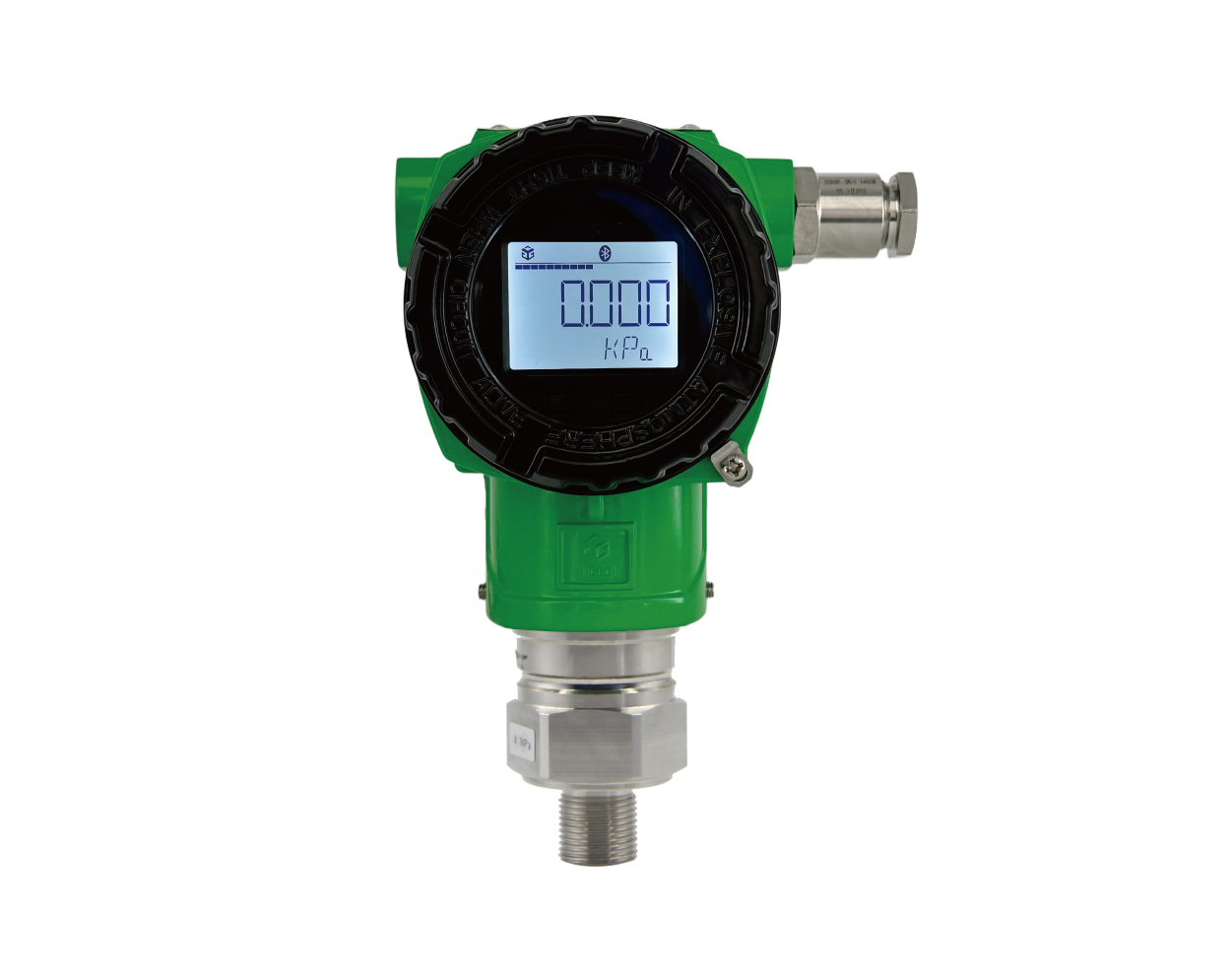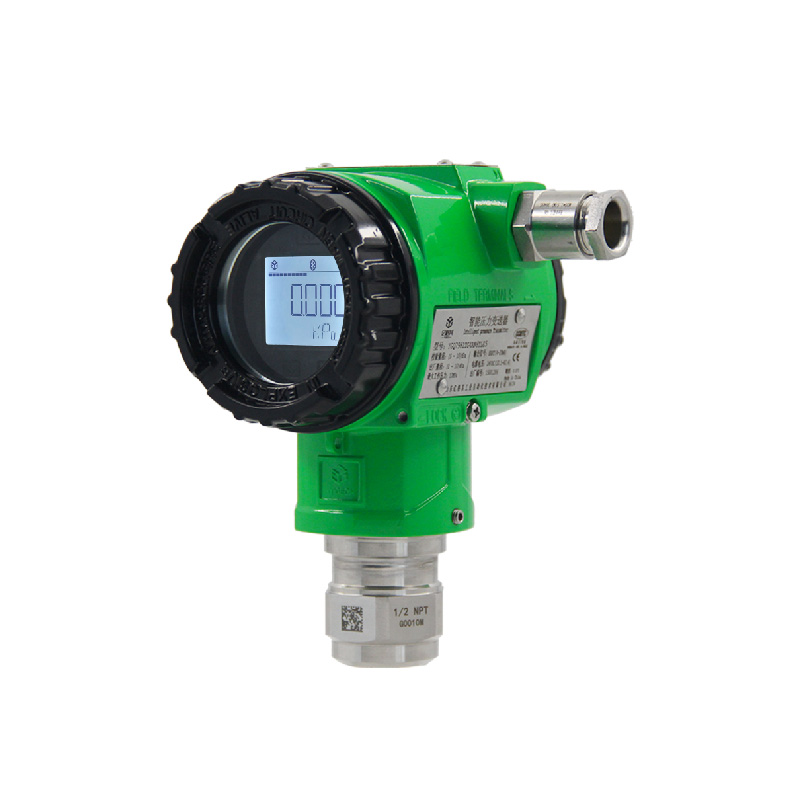In the complex system of industrial automation control, pressure transmitters play a crucial role, acting as precise “translators” of pressure, converting pressure signals accurately into electrical signals that can be recognized by the system, thereby safeguarding the stable operation of the production process. However, like all industrial equipment, pressure transmitters are also at risk of performance degradation and reduced lifespan. To ensure that pressure transmitters maintain efficient and stable operation over an extended period and to prolong their service life, we need to address several key aspects.

Correct Model Selection: Laying the Foundation for Longevity
The selection of a pressure transmitter is the primary step in extending its service life. During the selection process, it is essential to consider comprehensively and deeply the various parameters and requirements of the application scenario. First and foremost, the measurement range must be determined accurately; it should not be too large, which could lead to a decrease in measurement accuracy, nor too small, which could cause the transmitter to be in an overloaded state for extended periods, accelerating element wear. For example, in a conventional industrial pipeline pressure monitoring scenario where pressure fluctuations range between 0-1 MPa, selecting a pressure transmitter with a measurement range of 0-1.6 MPa would be more appropriate.
Secondly, factors related to the working environment cannot be overlooked. For high-temperature environments, such as in steel smelting workshops, it is necessary to choose a pressure transmitter that is resistant to high temperatures and equip it with corresponding heat dissipation devices. In damp or corrosive environments, like chemical production workshops, priority should be given to transmitters with good protective performance, where both the housing material and internal circuits must have anti-corrosion capabilities. Additionally, for special media, such as thick liquids or gases containing impurities, it is important to select an appropriate isolation diaphragm material to prevent the medium from damaging the sensor. Only by ensuring that the performance indicators of the pressure transmitter perfectly match the application environment can a solid foundation be laid for its long-term stable operation.
Standard Installation: Ensure Stable Operation
The correct installation method is crucial to the service life of the pressure transmitter. Before installation, carefully inspect the installation location to ensure it is away from strong vibration sources and electromagnetic interference sources. For example, when installing a pressure transmitter near a large compressor, effective vibration damping measures should be taken, such as installing vibration-absorbing pads or flexible connecting pipes, to reduce the impact of vibration on the sensitive elements inside the transmitter.
During the installation process, strictly follow the requirements of the installation manual to ensure the tightness of the pipe connections. Use appropriate sealing materials and connection accessories to prevent pressure leaks that could cause measurement errors or damage to the transmitter. For the pressure port of the transmitter, design and process it reasonably to avoid blockages or liquid accumulation. Also, pay attention to the installation direction of the transmitter to ensure that the sensor diaphragm is perpendicular to the direction of pressure to obtain the most accurate measurement results. After the installation is complete, a comprehensive inspection and debugging should be carried out, including the correctness of the wiring connections, zero point and span calibration, etc., to ensure that the pressure transmitter functions properly.
Daily Maintenance: Extending the Vitality of Equipment
Routine maintenance is key to extending the service life of pressure transmitters. Regularly perform visual inspections on the transmitter to check for any damage or signs of corrosion on the housing, and to ensure that the connection lines are not loose or damaged. For transmitters exposed to harsh environments, the frequency of inspections should be increased.
Periodically clean the transmitter’s housing and the sensor diaphragm to remove surface dust, oil stains, and other impurities that could affect measurement accuracy or damage internal components if they enter the transmitter. When cleaning the sensor diaphragm, use soft, non-corrosive cleaning tools and detergents. Also, regularly check the transmitter’s zero point and range, as they may drift due to changes in environmental temperature, pressure, and other factors. Timely calibration can ensure measurement accuracy. Additionally, for parts that require regular replacement, such as seals and filters, they should be replaced according to the specified schedule and requirements to ensure the normal operation of the transmitter.
Fault troubleshooting: Timely repair of hidden dangers
During the use of the pressure transmitter, various faults are inevitable. Establishing a comprehensive fault troubleshooting mechanism can detect and repair issues in a timely manner, preventing the expansion of faults and thus extending the service life of the transmitter. When abnormal measurement data is detected, the first step is to check whether the power supply is normal and if the wiring connections are reliable. If there are no issues with the power supply and wiring, then inspect the sensor for any damage, blockages, or drift.
For more complex faults, such as internal circuit or software failures, professional testing equipment and technical personnel can be employed for troubleshooting and repair. After the fault is fixed, the transmitter should undergo a thorough test and calibration to ensure its performance returns to normal levels. At the same time, an in-depth analysis of the cause of the fault should be conducted, lessons learned should be summarized, and appropriate preventive measures should be taken to prevent similar faults from occurring again.

Reasonable Use: Follow Operating Specifications
The correct use by operators is an important guarantee for extending the service life of the pressure transmitter. During the usage process, operations must be carried out strictly in accordance with the operating procedures to avoid damage to the transmitter due to misoperation. For example, when starting and stopping related equipment, operations should be performed in the correct sequence to prevent pressure surges from impacting the transmitter.
Do not arbitrarily adjust the setting parameters of the transmitter unless you have received professional training and authorization. When maintaining or repairing the transmitter, always disconnect the power supply first and take necessary safety measures to prevent electric shocks or other accidents. At the same time, regular training and assessment of operators should be conducted to improve their operational skills and safety awareness, ensuring that the pressure transmitter operates stably under proper handling.
Extending the service life of a pressure transmitter is a systematic project that requires joint efforts in multiple aspects, including selection, installation, routine maintenance, fault troubleshooting, and proper usage. Only by doing so can we ensure that the pressure transmitter operates stably and efficiently over a long period in industrial production, providing reliable pressure measurement support for the enterprise’s production and operations. This, in turn, reduces equipment replacement costs and improves production efficiency and economic benefits.


